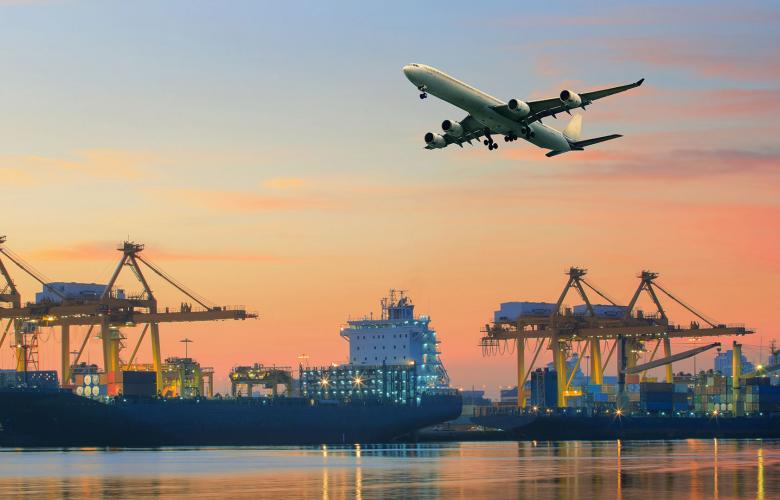Logistics Master Plan outlines strategy to meet expected increase in trade
Contact
Logistics Master Plan outlines strategy to meet expected increase in trade
It is hoped a more competitive transport and logistics system within Myanmar will optimise efficiency and attract foreign investment.
Myanmar’s Ministry of Transport and Communications has presented a new National Logistics Master Plan at the Myanmar Infrastructure Summit 2018. The new plan aims to create an efficient and competitive logistics system to support the country’s existing 2014 National Transport Master Plan.
The National Logistics Master Plan has been drawn up in conjunction with the Japan International Cooperation Agency (JICA) and is expected to be launched within the year, according to a report in The Myanmar Times.
JICA’s chief representative in Myanmar, Mr Masayuki Karasawa, presented the plan, which was based on studies conducted by JICA with the Ministry of Transport and Communications and the Ministry of Construction since July 2016. The studies have looked at economic trends as well as transport, industrial and logistics development.
Projections show that trade between Myanmar and its global partners is on the rise: according to the presentation, cargo movements into and out of Myanmar are forecast to double from 169 million tonnes in 2015 to 312 million tonnes by 2030.
With this in mind, the government hopes an effective transport and logistics system will attract foreign direct investments and enhance industrial development.
167 projects detailed in the plan
Mr Karasawa’s presentation listed 59 new logistics projects based on urgency, available resources and future demand. An additional 108 projects were already identified under the earlier transport plan.
The presentation estimated each project will cost an average of around US$29 million, or K40 billion.
Deputy director of the Ministry of Transport and Communications, U Htike Htike, told The Myanmar Times said it was likely the plan would require loans and investments from the private sector, along with government support.
“Logistics is a big and important sector in Myanmar. So, we need to have a more cost-effective logistics plan to improve the economy,” he said.
Investment focus: logistics corridors
A key part of the master plan involves the development of so-called ‘logistics corridors’ to optimise freight transport efficiency and maximise investments into the sector. Investments will be used to develop new transport hubs as well as upgrading existing infrastructure within these corridors.
Six logistics corridors will be established, utilising major roads and rivers which link large industrial areas to border gates and ports: the North-South logistics corridor linking Yangon to China, South East logistics corridor linking Myanmar to Thailand, Trans-Myanmar logistics corridor linking Kyaukphyu in Rakhine State to Tachileik in Shan State, Myanmar – India logistics corridor, as well as the main river logistics corridor and coastal marine logistics corridor.
Chair of the Myanmar International Freight Forwarders’ Association, U Aung Khin Myint, said he expects the National Logistics Master Plan will help to resolve many of the challenges faced within the logistics sector.
Sources: Japan International Cooperation Agency (JICA), Myanmar Times,
Similar to this:
Government seeks solution to Yangon car park woes
Myanmar real estate reforms seek to boost foreign property investment







